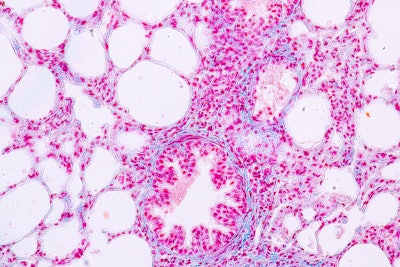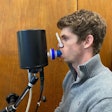
An innovative therapeutic strategy proposed by researchers from the National Center for Respiratory Medicine could provide a new tactic for treating certain aspects of COPD. The study, “Novel Therapeutic Strategy: Nrf2 Activation in Targeting Senescence-Related Changes in Chronic Obstructive Pulmonary Disease,” was published in the Journal of Thoracic Disease.
According to a news release, researchers found that activation of nuclear factor erythroid 2-related factor 2 (Nrf2) significantly reduces the accumulation of senescent bronchial epithelial cells in COPD models. The study also showed that Nrf2 activation improves lung function, reduces inflammation and decreases lung tissue damage in COPD mouse models.
Using in vitro and mouse models with COPD, the researchers conducted respiratory function tests and lung pathology assessments to evaluate the efficacy of the Nrf2 activation in senescent ciliated epithelial cells and the associated secretory phenotype.
The researchers documented a “significant presence” of senescent ciliated epithelial cells in COPD patients, which contributes to the progression of the disease. In the in vitro models, Nrf2 activation reduced senescence markers, enhanced cell proliferation and decreased inflammatory cytokines. In the mouse models, the same activation significantly improved lung function and reduced pathological damage.
The findings imply that Nrf2 activators could be a promising therapeutic strategy for COPD, focusing on reducing cellular growth and inflammation. The researchers said future research should explore the clinical applications of these activators in actual COPD patients and investigate the optimal dosage and treatment duration for maximum benefit.






















